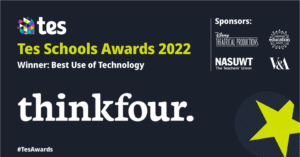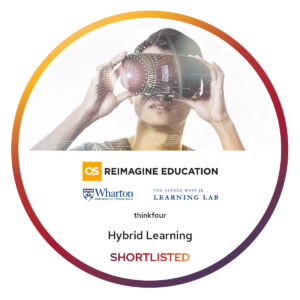

Watch this to master the rituals behind successful close reading in Higher English (and guidance on when to eat a peanut butter and jelly sandwich)
Lots of professional athletes have certain things they do before an event. Ice hockey players are famous for their pre-game rituals.
Sidney Crosby is arguably the best ice hockey player of his generation and you would think his talent and skill would be enough to keep his nerves at bay. But no. Crosby is famous for his long list of pre-game routines, such as eating a peanut butter and jelly sandwich exactly two hours before the match starts, putting on his kit in exactly the same order every time, and always skating to the centre of the ice before the game to retie his skates (and it must be right skate followed by left skate). The list goes on. Crosby feels that he won’t perform well if he doesn’t complete all of his rituals before a game.
I’m not suggesting you need to go this far but having routines or rituals, that you regularly perform at the start of a task can definitely help to get you in the best position to succeed. And we are going to work on your RUAE rituals.
So, get your skates on and let’s go.
This is thinkfour.
The title of the Close Reading paper is “Reading for Understanding, Analysis and Evaluation”. If you look at that very closely, it tells you exactly what you will be doing in a Close Reading Paper, and in what order.
Number 1: you are reading. This may sound obvious, but reading the passages and questions carefully is something that sets the best students apart.
My number one tip for Close Reading, and I say this because so many people don’t do it, is just to start by reading passage 1. In its entirety. Don’t look at anything else. This is actually the first instruction on the paper but nobody reads it!
The reason you need to read the passage, as a whole, is because you need to understand it. If you simply read the relevant paragraphs for each question, you won’t have a full sense of the writer’s argument.
And unless you have a full understanding of passage 1, you won’t be able to pick the relevant details for ANALYSIS or be able to EVALUATE the text as a whole or compare it to passage 2. Basically, unless you have read and understood that passage, you won’t be able to answer the questions to the best of your ability.
Once you have read passage 1, you can now annotate the questions.
As soon as we start reading we know where we need to look for our answer. Lines 1-3.
Identify suggests we will need to use our own words for this answer.
Two means we are looking for two ideas
And then we have the focus of the question: so we are looking for two ways in which the printing press was important.
The question asks us to use our own words because we had already worked that out, and its worth two marks, which matches the instruction for 2 ways.
Simple, and once you get into the habit of it, you will be able to do it very quickly. It ensures you are fully focused on the question.
Another tip is to look at the marks available carefully. I always suggest to pupils that you should provide as many answers or examples as the marks suggest.
For example, this question suggests that you need to refer to “at least two examples”. But there are four marks available.
The SQA mark scheme says that you can get one mark for a basic answer and two marks for a more detailed answer. So in theory, if you provide two detailed answers, you can get 4 marks. However, some of the most successful students hedge their bets and provide four answers just in case. You do need to work more quickly but it’s totally achievable.
I would look at the final question on both passages and annotate this too. It means you can have that question in the back of your mind as you’re working on the others.
Once you’ve read, annotated and answered the questions on passage 1, you need to look again at the final question.
Once you have reminded yourself what you are looking for – the area of agreement or disagreement – you can begin reading passage 2.
So, get your pre-game rituals on points: reading, understanding, analysis and evaluation.
My suggested RUAE rituals may seem simple but they are an effective way to ensure that you have fully read and understood, before you go on to show that you can analyse and evaluate too.
If you’re looking for any more pre-game rituals, I would take Crosby’s lead and go for a peanut butter and jelly sandwich!
This was thinkfour, thanks for watching.



| Cookie | Duration | Description |
|---|---|---|
| cookielawinfo-checbox-analytics | 11 months | This cookie is set by GDPR Cookie Consent plugin. The cookie is used to store the user consent for the cookies in the category "Analytics". |
| cookielawinfo-checbox-functional | 11 months | The cookie is set by GDPR cookie consent to record the user consent for the cookies in the category "Functional". |
| cookielawinfo-checbox-others | 11 months | This cookie is set by GDPR Cookie Consent plugin. The cookie is used to store the user consent for the cookies in the category "Other. |
| cookielawinfo-checkbox-necessary | 11 months | This cookie is set by GDPR Cookie Consent plugin. The cookies is used to store the user consent for the cookies in the category "Necessary". |
| cookielawinfo-checkbox-performance | 11 months | This cookie is set by GDPR Cookie Consent plugin. The cookie is used to store the user consent for the cookies in the category "Performance". |
| viewed_cookie_policy | 11 months | The cookie is set by the GDPR Cookie Consent plugin and is used to store whether or not user has consented to the use of cookies. It does not store any personal data. |
